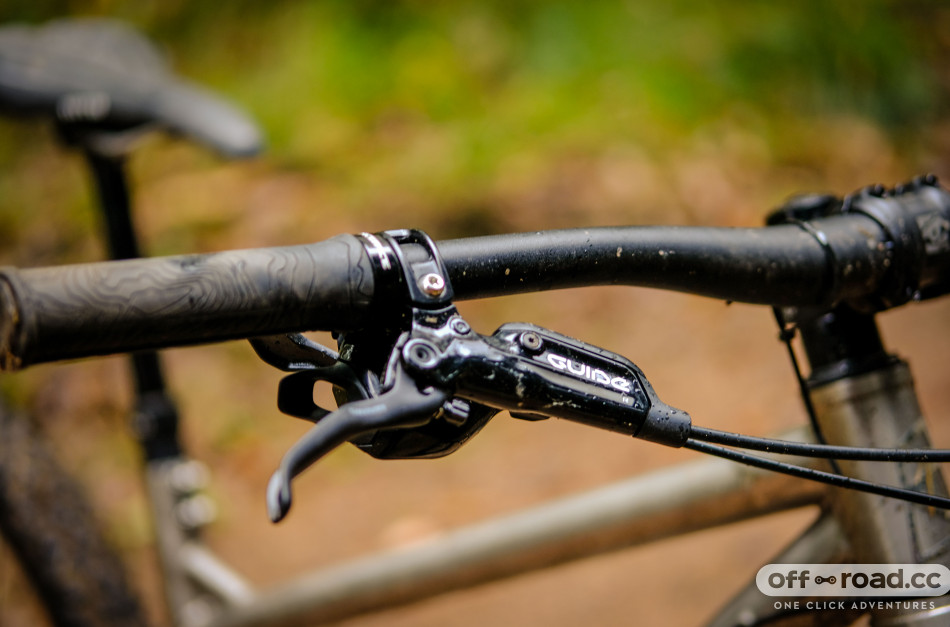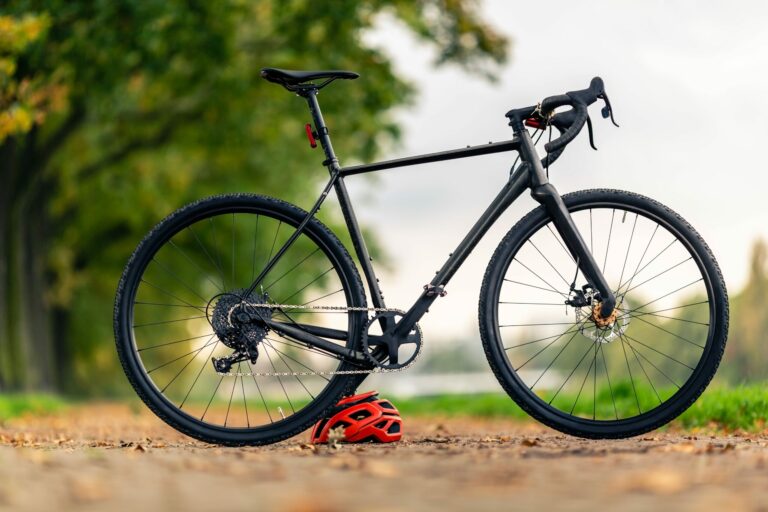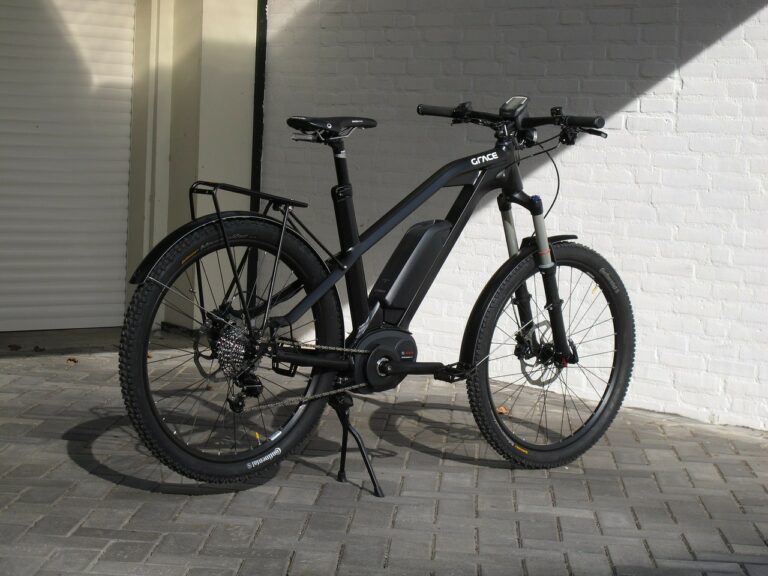Your complete guide to SRAM mountain bike disc brakes – Level T, TLM, Ultimate, Guide R, RS and RSC, plus G2 and Code models
This is your complete guide to SRAM hydraulic disc brakes, with lots information on everything from the two-piston Level brakes to the more powerful Guide’s, to the burly four-pot Code RSC’s and everything in between. Whether you are looking for an upgrade or want to check out a new bike’s component specification prior to purchase this is the place to find out about brake features, prices, weights and the differences between brake models.
We’ve featured all the hydraulic brakes in this article that are readily for sale, with market prices and retail prices listed. Any weights quoted are the claimed weight per brake (one lever and one caliper and will not include the rotor weight.
Scroll down to see all the brakes or hit the links below to jump straight to your brake of choice. If it’s Shimano brakes you want to know all about, click this link for that buyer’s guide.
De un vistazo
Two piston SRAM mountain bike brakes
Four piston SRAM mountain bike brakes
Two piston SRAM mountain bike brakes
Level
This is the entry level and cheapest brake in the five brake Level line up. The Level is a two-piston brake that was introduced in 2016. This brake has an alloy lever blade but doesn’t get the Matchmaker clamp, it gets a simple clamp with a single bolt which is rather large and unwieldy. You’ll get a tooled reach adjust positioned under the lever blade and adjustable via an Allen key.
The caliper is a two piece design and uses the older G2 design of rotor, not a Centreline as you’ll see on more expensive brakes. As well as being the cheapest the Level is also the heaviest with a claimed weight of 430g.
It gets the same tech as the higher level brakes such as the Direct Link’ lever design, Expandable bladder and Timing Port Closure. The reshaped bladder, SRAM says, helps reduce air bubbles. They say it’s shaped to remove air from the lever and push fluid where it is needed which improves pressure and consistency. SRAM also says that when the lever is squeezed a cup seal closes the port, pressurising the system which also helps improve braking power and consistency, this is called the timing port closure system.
Level T
The Level T brakes isn’t all that different to the Level, although it does get a Matchmaker clamp, it’s a two-bolt one, not the hinged one as on the Level TLM’s. The lever blade is stamped alloy and it gets the tooled reach adjust the same as the other brakes in this line up. The caliper is the same two piece design seen on the Level brake and uses Centreline rotors, 140mm at the rear and up to 200mm at the front.
They have a claimed weight of 410g and also take advantage of the trickle down tech such as Direct Link’ lever design, Expandable bladder and Timing Port Closure.
Level TL
This brake matches an alloy DirectLink™ lever and the same caliper found on the Level T to a lever body that contains the same technology found in the Level TLM, Level Ultimate. It then gets a two piece, two piston caliper is present along with a lever that gets a hinged clamp that gets the Matchmaker X treatment which accepts up to three controls.
The brakes weighs a claimed 370g (hence TL for lightweight) per end.
Level TLM
The SRAM Level TLM brake is a two pot brake aimed squarely at cross-country riders, it sits second from the top in the Level range with just the Level Ultimate’s above it. The brake is a lightweight one (claimed 365g) that gets SRAM’s ‘Direct Link’ lever design with a bearing pivot and also provides the ‘Matchmaker X’ compatible hinged clamp so you can keep your bars free of clutter, attaching rear shifter on the right lever and Rockshox dropper post on the left. The Level TLM gets alloy lever blades and uses a new Monoblock one piece calliper to save weight over the two piece version of the Level TL.
Like its sister brake the Level T, there is lever reach adjust positioned under the lever blade and adjustable via an Allen key which is somewhat frustrating and can be tricky to reach, you might you’ll need to take the lever from the handlebar to access this.
Other tech includes a reshaped bladder in the lever that SRAM says help reduce air bubbles, they say it’s shaped to remove air from the lever and push fluid where it is needed which improves pressure and consistency. SRAM also says that when the lever is squeezed a cup seal closes the port, pressurising the system which also helps improve braking power and consistency, this is called the timing port closure system. Lastly, there is a stainless steel heat shield between the pad and the calliper to reduce calliper fluid temperature.
The brakes get SRAM’s ‘Bleeding Edge’ tech where the bleed port is moved to the bottom of the calliper and along with a Bleeding Edge tool the system enables you to fully pressurise the system and lock nipple of at caliper before you remove the hose. We reckon it makes bleeding brakes super easy.
Level TLM can be used with up to a 200mm Centreline rotor up from and a 140mm at the rear.
Level Ultimate
Designed to be the top end bike in this model lineup the Level Ultimate brake gets a carbon lever blade and a bearing in the lever pivot. These brakes also use the SRAM’s ‘Bleeding Edge’ tech when it comes to bleeding the brakes which we really like.
The brake has the Direct Link’ lever design, Expandable bladder and Timing Port Closure as well as the stainless steel heat shield between the pad and the caliper to reduce caliper fluid temperature and therefore increase brake power. All similar features as the Level TLM brakes, the difference being the carbon lever blade and of course the rainbow Ti hardware.
Recommended brake rotors are the Centreline CLX and the brakes will come with aluminium backed pads to help shave off a few more grams. This all weighs in at 318g per end (rotor not included).
Four piston mountain bike brakes
Guide T
The budget –friendly choice in the Guide range, the Guide T brakes are dubbed as a good upgrade from two to four piston brakes. The S4 caliper used with 14/16mm diameter pistons, is the same as the more expensive brakes with a Heat Shield between the brake pad and the caliper, the brake just compromises a bit in other areas such as adjustment with the Guide T’s getting the same Allen key adjustable lever reach as the Level brakes and a bushing in the lever as per the Level TL and below.
The brakes get SRAM’s Bleeding Edge technology, and a Direct Link lever which SRAM says provides a sold positive feel to the lever. The lever gets the two-bolt Matchmaker split clamp so you can house your dropper and shifter on it too, making for a nice clean looking bar.
The brakes have a claimed weight of 280g each and use Centreline rotors.
Guide RE
Probably our favourite brake in the lineup, the Guide RE’s are a great price and offer superb stopping power, so much so that they are specced on lots of e-bikes. SRAM say they are designed to handle higher speeds and the more intense use that comes due to the increased weight of an e-bike. The brake combines the Guide R lever with a caliper from the older Code range of brakes.
The Guide RE lever has an alloy lever blade, a bushing at the lever pivot rather than a bearing as per the Level T and Level brakes. It does, however, get a tool free reach adjust which is much more user-friendly than the fiddly Allen key reach adjust on the Guide T’s.
The caliper (pictured above) is a two piece design which is bolted together. Its larger than the Guide caliper, its actually an old Code caliper, different to the 2019/2020 Code caliper that you might buy on Code RS or RSC’s but still uber powerful, not surprising seeing as its an old ‘downhill’ caliper.
Technology wise the Guide RE’s get SRAM’s Direct Link lever design, a Piggyback Reservoir in the lever to better manage brake fluid and also allows for ambidextrous lever placement—so you can switch your levers on the handlebar without hassle. They also get the Timing Port Closure system as described above in the Level TLM section.
The brakes come with sintered pads, are used with Centreline rotors and has a Matchmaker X clamp to the lever, that’s the hinged one found on the more expensive Guide and Level brakes. The claimed weight is 415g per end which isn’t light but at £125 each for incredible stopping power we think you’ll find the weight isn’t an issue.
Guide R
Previously the cheapest form of Guide brakes until the Guide T’s came along, the Guide R’s cost £125 at retail but you’ll probably find them a lot cheaper. The lever gets a tool free reach adjust and the clamp here is Matchmaker X compatible meaning this one gets the hinge rather than the two bolt ‘c’ shaped design.
There’s the Direct Link lever design, the Timing Port Closure System, Piggyback Reservoir (described above) and the Pure Bladder which is basically a reshaped bladder to reduce air bubbles and help evacuate bubbles from the lever. There is also something SRAM call Power Reserve Geometry which refers to the arc that the brake lever makes when you squeeze on it. SRAM says that as your finger pulls in a straight line the lever moves in an arc which reduces the levers inward travel delivering more power.
The caliper is the same S4 caliper as the Guide T’s with included Heat Sheild and Bleeding Edge port technology. All together the lever and caliper weigh 392g.
Guide RS
The Guide RS gets all the features of the Guide R with added “SwingLink tech”, this is a new cam system which requires less lever throw to push the pads towards the rotor, it is used in replacement of the Direct Link lever. SRAM says that the new design does not come at the cost of less modulation either, they say the use of a special cam shape means that when the pads contact the rotor, power is modulated, avoiding that “on/off” brake feel, they reckon it’s the perfect balance of power and precision.
You also get that S4 caliper with its Heat Shield and of course, Bleeding Edge technology. A Guide RS brake weighs 384g per end.
G2 RSC
This is the new version of the Guide RSC, at the moment SRAM has only introduced this second generation of Guide brakes in the RSC and Ultimate versions and here “G2” replaces the Guide name. The new stopper gets a new caliper which SRAM says is stiffer and more powerful. The caliper pad pocket has narrowed and connection points around the body bolts have been made larger to result in less caliper flex and provide more direct power transfer. There are also no longer aluminium pistons, with them being replaced by with phenolic pistons (hard plastic that is strong and heat resistant) which eliminates the need for that heat shield we’ve been banging on about on the above brakes making the caliper lighter.
Coupled with the new caliper is also a new brake pad compound called ‘Power Organic’ pad, SRAM says this offers a more aggressive bite and increased power during sustained braking. These pads will be available as replacement pads for current brakes too (£23).
The brakes still using the same pad shape and hose connection as the previous generation Guide, meaning familiar installation, there’s also bite point adjustment that you don’t get on cheaper brakes meaning you can pick the position you want your fingers to be in when the brakes are engaged. Last things to mention are that the pivot bearing in the lever for a lighter, crisper feel and per end they weigh 255g.
G2 Ultimate
The top brake in the Guide (or G2) range, commands top dollar at £265 per end at full retail. SRAM says the new brake is their lightest 4-piston brake outfitted with every feature and material you’ve come to expect from something called Ultimate. SRAM also says their engineers built it to contain features they would want on the trail: power, modulation, silky-smooth lever feel and complete adjustability, with test riders dubbing the new design “mini-Code” for its Code-like performance. It gets the same new caliper as the G2 RSC, that new brake pad compound and pivot bearings in the lever too.
Elsewhere there is a carbon fibre lever and titanium hardware helping the G2 Ultimate to weigh in at 242g.
Code R
The Code lineup of brakes have long been aimed at the downhill rider but with enduro riders and e-bike riders looking for more powerful brakes, its not uncommon to see them on long travel trail bikes and electric ones too.
The Code R is the cheapest in the line, it gest the Direct Link lever which is mated to an oversize four piston caliper, 15/16mm compared to 14/16mm in the Guide T, R and RS brakes. There’s a tool free reach adjust even on this level of brake but the lever gets a bushing at the pivot rather than a bearing.
The entry-level Code R also gets Bleeding Edge tech, the Expandable bladder, Timing Port Closure and Heat Shield all talked about earlier in this article. The Code brakes also get 30% more fluid compared to Guide brakes to reduce heat build up and deal with braking more consistently.
The brake weighs in at 443g.
Code RSC
The top end gravity fed brake, is just like its cheaper sibling, the Code R seen on harder hitting trail, enduro and e-bikes as much as it is on downhill bikes. This one is in essence much the same as the Code R but it gets a Swing Link lever and pivot bearing rather than bushes.
It also gets contact point adjustment and can come that titanium rainbow hardware that looks oh-so-good! The lever blade here stays alloy, presumably to prevent it snapping in a heavy crash, downhillers aren’t on the whole as bothered about weight saving as trail riders using the G2 or Level Ultimate brakes for example. The Code RSC’s weighs 443g, the same as the Code R’s.
You might also like:





















